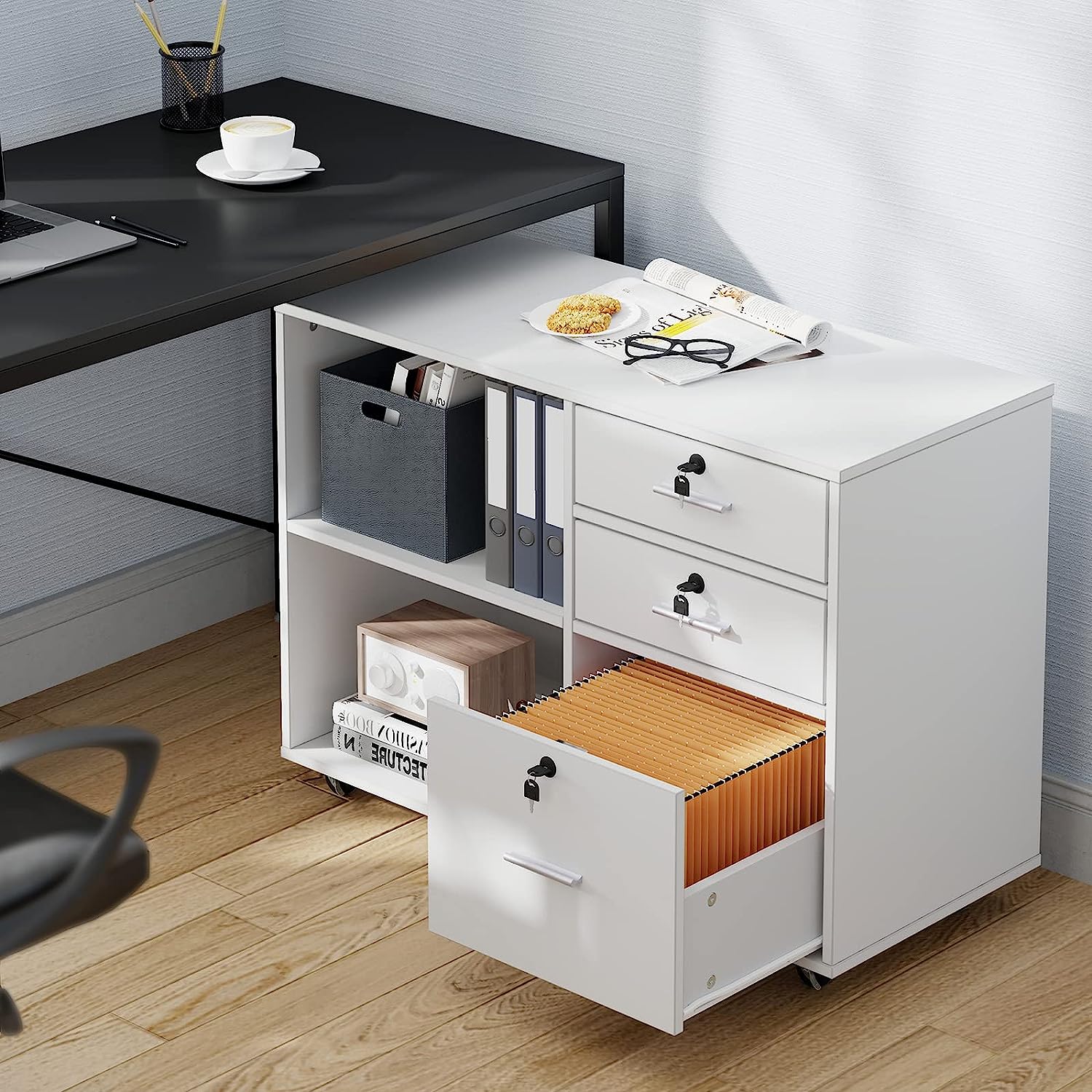

Articles
How To Remove A Lock From A File Cabinet
Modified: March 22, 2024
Learn how to remove a lock from your office storage file cabinet easily and efficiently. Upgrade your office organization with this simple DIY guide.
(Many of the links in this article redirect to a specific reviewed product. Your purchase of these products through affiliate links helps to generate commission for Storables.com, at no extra cost. Learn more)
Introduction
A file cabinet is an essential piece of furniture for any office or workspace. It allows you to organize and store important documents securely. However, there may come a time when you need to remove a lock from a file cabinet. This could be due to various reasons, such as a lost key, a broken lock, or the need to access the contents without a key.
In this guide, we will walk you through the necessary steps to safely remove a lock from a file cabinet. With the right tools and a little patience, you’ll be able to remove the lock and gain access to your files in no time.
Before we begin, it’s important to note that removing a lock from a file cabinet should be done responsibly and ethically. Ensure that you have the right to access the contents of the cabinet or seek permission from the rightful owner. If you encounter any difficulties or the lock seems complicated, it may be wise to consult a professional locksmith for assistance.
Now, let’s dive into the step-by-step process to remove a lock from a file cabinet.
Key Takeaways:
- Safely and effectively remove a lock from a file cabinet by gathering the right tools, identifying the lock type, and using a screwdriver or drill to remove the lock. Exercise caution and responsibility throughout the process.
- Consider installing a replacement lock if necessary, following the manufacturer’s instructions and testing the new lock for proper functionality. Ensure the security of your important documents and files by maintaining the new lock in good working order.
Read more: How To Remove Drawers From Filing Cabinet
Step 1: Gather the necessary tools
The first step in removing a lock from a file cabinet is to gather the necessary tools. Having the right tools on hand will make the process smoother and more efficient. Here are the tools you will need:
- Screwdriver: A screwdriver with the appropriate head (typically a Phillips or flathead) will be needed to remove screws and fasteners.
- Drill (with drill bits): In some cases, you may need to drill out the lock cylinder to remove it. Having a drill with various drill bits will help you tackle this task.
- Pliers: Pliers will come in handy for gripping and manipulating small parts and components.
- Wire cutter: If there are any wires or cables connected to the lock, a wire cutter will be useful for disconnecting them.
- Lubricant: If the lock is stubborn or corroded, a penetrating lubricant can help loosen it up for easier removal.
- Protective gloves: It’s always a good idea to wear gloves to protect your hands, especially if you will be using tools or encountering sharp edges.
Once you have gathered these tools, you’re ready to move on to the next step.
Step 2: Assess the type of lock
Before proceeding with removing the lock from your file cabinet, it’s important to assess the type of lock you are dealing with. Different file cabinets may have different types of locks, and understanding the specific type will help you determine the appropriate approach for removal.
Here are a few common types of locks found in file cabinets:
- Keyed locks: These locks require a physical key to unlock and access the contents of the cabinet.
- Combination locks: Combination locks have a dial or keypad that requires a specific sequence of numbers or symbols to unlock.
- Push-button locks: These locks have buttons that need to be pressed in a specific order to unlock the cabinet.
- Electronic locks: Electronic locks utilize electronic mechanisms and may require a key card, keypad entry, or biometric verification to unlock.
Once you have identified the type of lock, you can proceed with the appropriate removal method. Keep in mind that some locks may be more complex to remove than others, and you may need to refer to the manufacturer’s instructions or seek professional assistance if necessary.
Understanding the type of lock will also help you determine if you need to replace it once removed. If you plan to install a new lock, make sure to choose one that is compatible with your file cabinet and meets your security needs.
With the lock type assessed, you’re ready to move on to the next step and begin the removal process.
Step 3: Identify any removable parts
Before attempting to remove the lock from your file cabinet, it’s important to identify any removable parts that may need to be detached first. These removable parts can include:
- Drawer handles: Some file cabinets have handles attached to the front of the drawers. These handles may need to be unscrewed or detached before gaining access to the lock.
- Lock cover plate: In some cases, there may be a cover plate that conceals the lock mechanism. This plate may need to be removed or unscrewed to access the lock.
- Locking bar: In certain file cabinets, there might be a locking bar that secures multiple drawers. If present, the locking bar may need to be disengaged or removed to access the lock.
Take a close look at your file cabinet and identify any such removable parts. Use a screwdriver or appropriate tool to carefully remove or detach them, following any manufacturer guidelines if available. Keep these parts in a safe place to avoid misplacing or damaging them during the lock removal process.
By identifying and removing these removable parts, you’ll have better access to the lock and make the overall removal process easier.
After identifying and removing any necessary parts, you’re now ready to move on to the next step: locating the locking mechanism.
Step 4: Locate the locking mechanism
Once you have identified and removed any removable parts, the next step is to locate the locking mechanism of your file cabinet. The locking mechanism is the part of the lock that secures the cabinet and prevents unauthorized access.
The exact location of the locking mechanism can vary depending on the type and design of your file cabinet. Here are a few common areas where you may find the locking mechanism:
- Front of the drawer: In many file cabinets, the locking mechanism is located on the front of each drawer. It may be a small metal piece or a latch that engages with the lock.
- Side of the drawer: In some file cabinets, the locking mechanism is positioned on the side of the drawer, near the edges. Look for any visible components that seem connected to the lock.
- Back of the lock cylinder: If the lock is a separate component from the drawer, you may need to locate the back of the lock cylinder to access the locking mechanism. This could involve removing a cover plate or accessing the lock from behind.
Take a close look at your file cabinet and examine the areas mentioned above. Use a flashlight if needed to get a better view of hidden or hard-to-reach areas. Once you have located the locking mechanism, you can proceed to the next step of removing the lock.
Remember to handle the locking mechanism with care to avoid damaging it or any surrounding components. If you’re unsure about the location or how to access the locking mechanism, refer to the cabinet’s manual or consider consulting a professional locksmith for guidance.
With the locking mechanism located, you are now ready to move on to step 5: using a screwdriver or drill to remove the lock.
If you have lost the key to your file cabinet, you can try using a paperclip or a small screwdriver to pick the lock. Insert the tool into the keyhole and gently apply pressure while turning it to unlock the cabinet.
Read more: How To Pick A File Cabinet Lock
Step 5: Use a screwdriver or drill to remove the lock
Now that you have located the locking mechanism of your file cabinet, it’s time to proceed with removing the lock. Depending on the type of lock and your personal preference, you can use either a screwdriver or a drill for this step.
If you choose to use a screwdriver, follow these steps:
- Insert the appropriate screwdriver head into the screws holding the lock in place.
- Turn the screwdriver counterclockwise to loosen and remove the screws. Set the screws aside in a safe place.
- Gently pull on the lock to disengage it from the cabinet. If the lock is still secured, ensure that you have removed all screws and fasteners.
If you prefer to use a drill, here’s how to remove the lock:
- Choose a drill bit that matches the size of the lock cylinder or the screws holding the lock in place.
- With caution, position the drill bit at the center of the lock cylinder or the screw head.
- Apply gentle pressure and begin drilling slowly. Keep the drill straight and aligned with the lock to avoid damaging surrounding parts.
- Continue drilling until the lock cylinder or the screws are completely removed.
- Once the lock is disengaged, gently pull it out of the cabinet.
Remember to wear protective goggles and gloves while using a drill to prevent any accidents or injuries. Additionally, be mindful of any wires or cables connected to the lock, and disconnect them if necessary.
Once you have successfully removed the lock, set it aside. You can now move on to the next step, which involves removing any remaining components.
Step 6: Remove any remaining components
After removing the lock from your file cabinet, there may still be some remaining components that need to be removed. These components could include:
- Latch or catch: In some file cabinets, there may be a latch or catch that was engaged with the lock. Remove this piece if it is still attached to the cabinet.
- Lock strike plate: The lock strike plate is the metal plate installed on the cabinet body that the lock latches onto when the cabinet is locked. Check if there is a strike plate and remove it if necessary.
- Lock cover plate: If there is a cover plate that conceals the lock or the locking mechanism, detach it from the cabinet.
Use pliers or a screwdriver to carefully remove these remaining components. Take your time to avoid damaging any surrounding parts or causing any unnecessary complications.
Once you have successfully removed all the necessary components, take a moment to clean the area to ensure there are no debris or obstructions that could hinder the installation of a new lock (if desired). Wipe down the cabinet with a clean cloth to remove any dust or residue.
With all the remaining components removed and the cabinet cleaned, you have completed the process of removing the lock from your file cabinet. If you do not plan on installing a replacement lock, you can now move on to the concluding step. However, if you wish to install a new lock, continue to the final step, step 7.
Step 7: Install a replacement lock (optional)
If you have chosen to replace the lock on your file cabinet, step 7 involves the installation of the new lock. This step is optional, and you can skip it if you do not intend to install a replacement lock.
Here are the steps to follow when installing a replacement lock:
- Choose a new lock: Select a replacement lock that is compatible with your file cabinet. Consider factors such as the type of lock, security features, and ease of installation.
- Prepare the cabinet: Clean the area where the new lock will be installed. Ensure that there are no remaining debris or obstructions that could affect the installation process.
- Read the instructions: Carefully read the manufacturer’s instructions that accompany the new lock. Familiarize yourself with the installation process and any specific steps or requirements.
- Position the new lock: Align the new lock with the designated area on your file cabinet. Ensure that it is centered and level for proper functionality.
- Secure the lock: Depending on the type of lock, follow the instructions provided to secure it in place. This may involve inserting screws, attaching brackets, or connecting wires.
- Test the lock: Once the new lock is installed, test it to ensure that it functions properly. Insert the key or enter the combination, and ensure that the lock engages and disengages smoothly.
Take your time during the installation process to ensure that the new lock is properly installed and functioning correctly. If you encounter any difficulties or have any questions, consult the manufacturer’s instructions or consider seeking assistance from a professional locksmith.
Congratulations! You have successfully removed the old lock from your file cabinet and optionally installed a new lock. With your files secure and accessible, you can now conclude the process.
Conclusion
Removing a lock from a file cabinet can be a necessary task when faced with lost keys, broken locks, or the need for access without a key. By following the step-by-step guide outlined in this article, you can safely and effectively remove a lock from your file cabinet.
Throughout the process, it’s important to exercise caution and responsibility. Ensure that you have the right to access the cabinet’s contents or seek permission from the rightful owner before proceeding. If you encounter any difficulties or feel uncomfortable with the process, consider consulting a professional locksmith for assistance.
Remember to gather the necessary tools, assess the type of lock, identify any removable parts, locate the locking mechanism, and use either a screwdriver or drill to remove the lock. Then, remove any remaining components and, if desired, install a replacement lock. Take your time and follow the instructions carefully to avoid any damage to your file cabinet.
Once the lock has been removed or replaced, you can now access the contents of your file cabinet or secure it with a new lock if necessary. With the tips and guidance provided in this article, you can confidently navigate the process of removing a lock and regain control over your file cabinet’s security.
Remember to maintain the security of your important documents and files by keeping your new lock safe and secure. Regularly check the condition of the lock and ensure it remains in good working order. If any issues arise, address them promptly to maintain the security of your files.
Thank you for reading this guide on how to remove a lock from a file cabinet. We hope that it has provided you with the knowledge and confidence to tackle this task effectively. Good luck, and may your file cabinet serve as a strong fortress for your valuable documents.
Frequently Asked Questions about How To Remove A Lock From A File Cabinet
Was this page helpful?
At Storables.com, we guarantee accurate and reliable information. Our content, validated by Expert Board Contributors, is crafted following stringent Editorial Policies. We're committed to providing you with well-researched, expert-backed insights for all your informational needs.

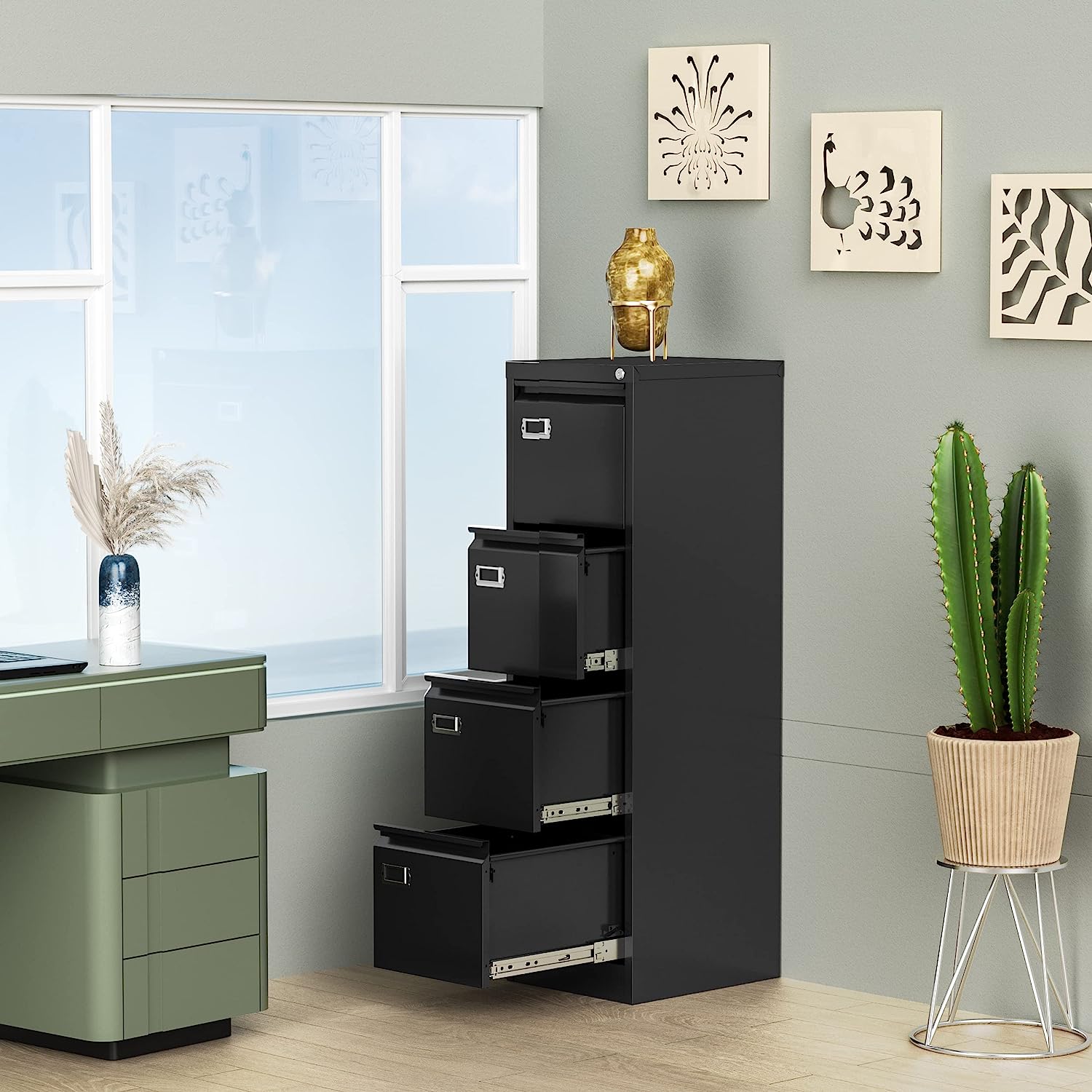


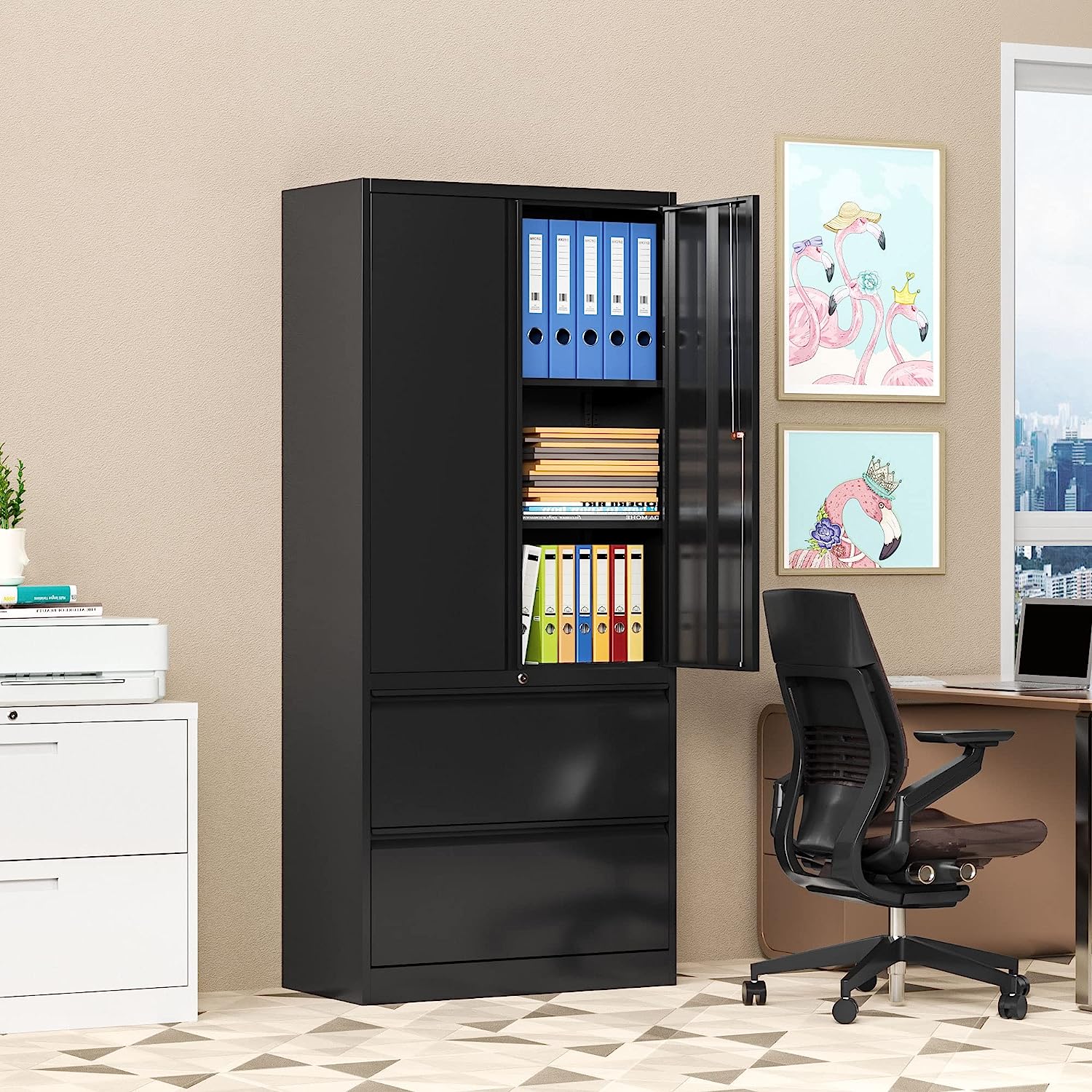
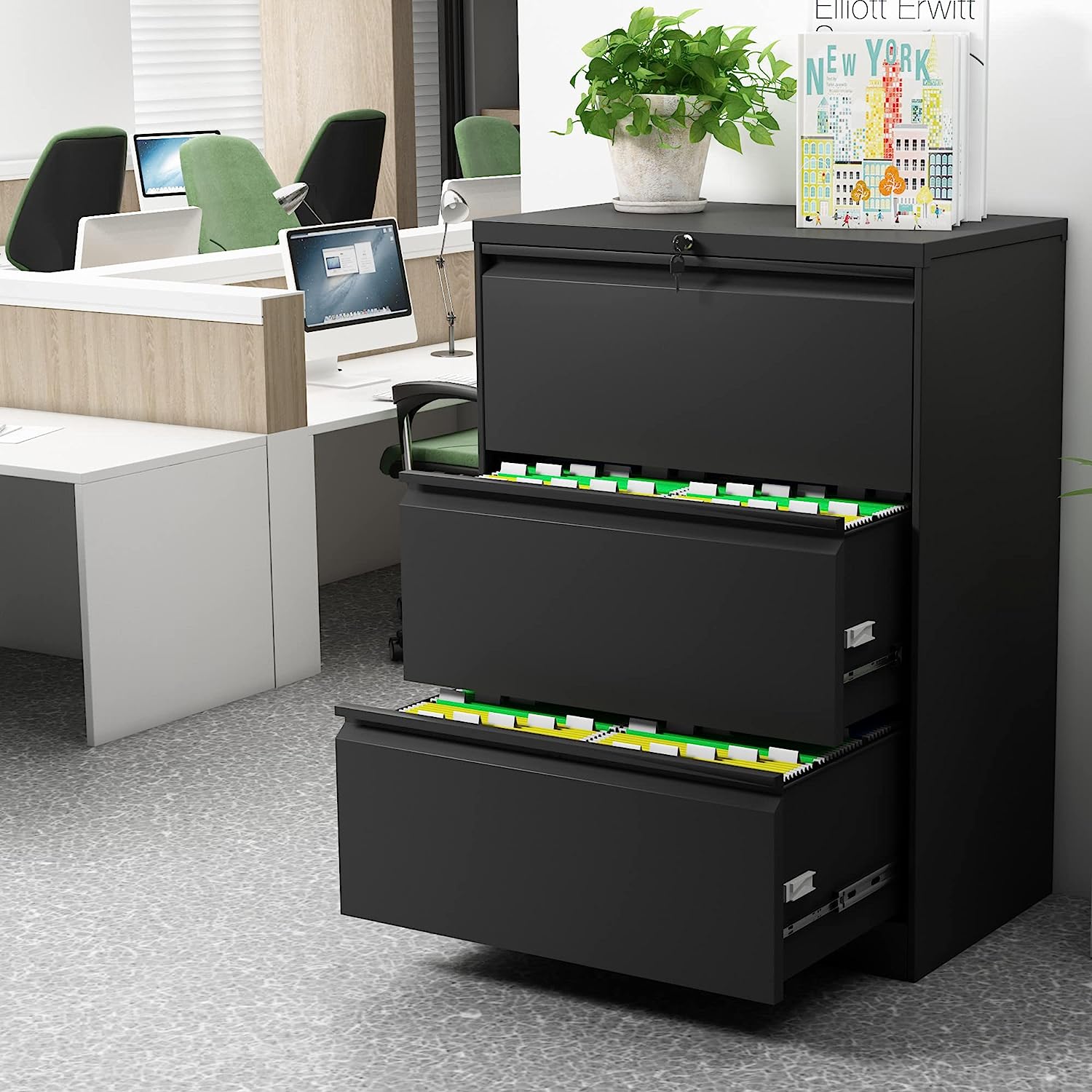
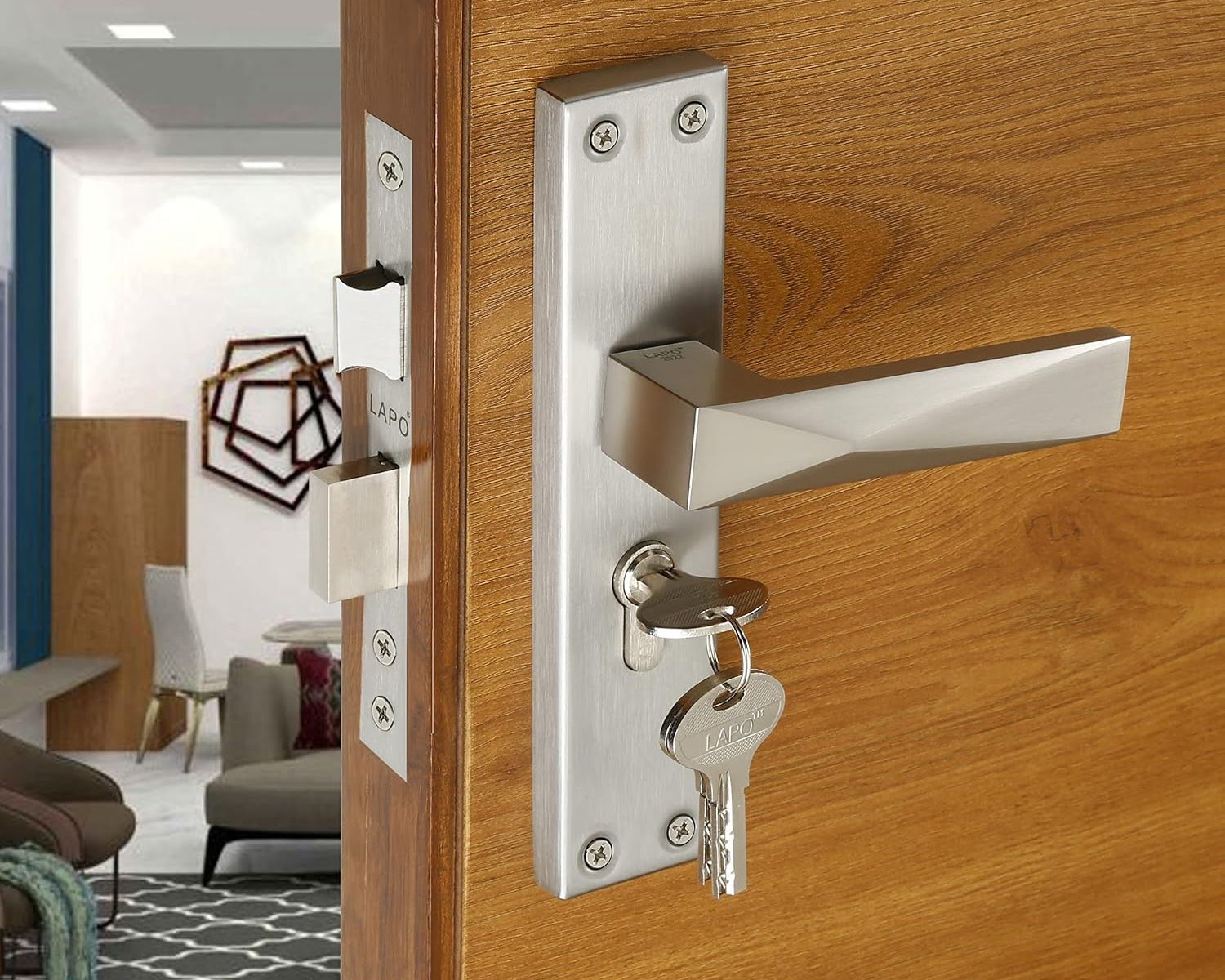
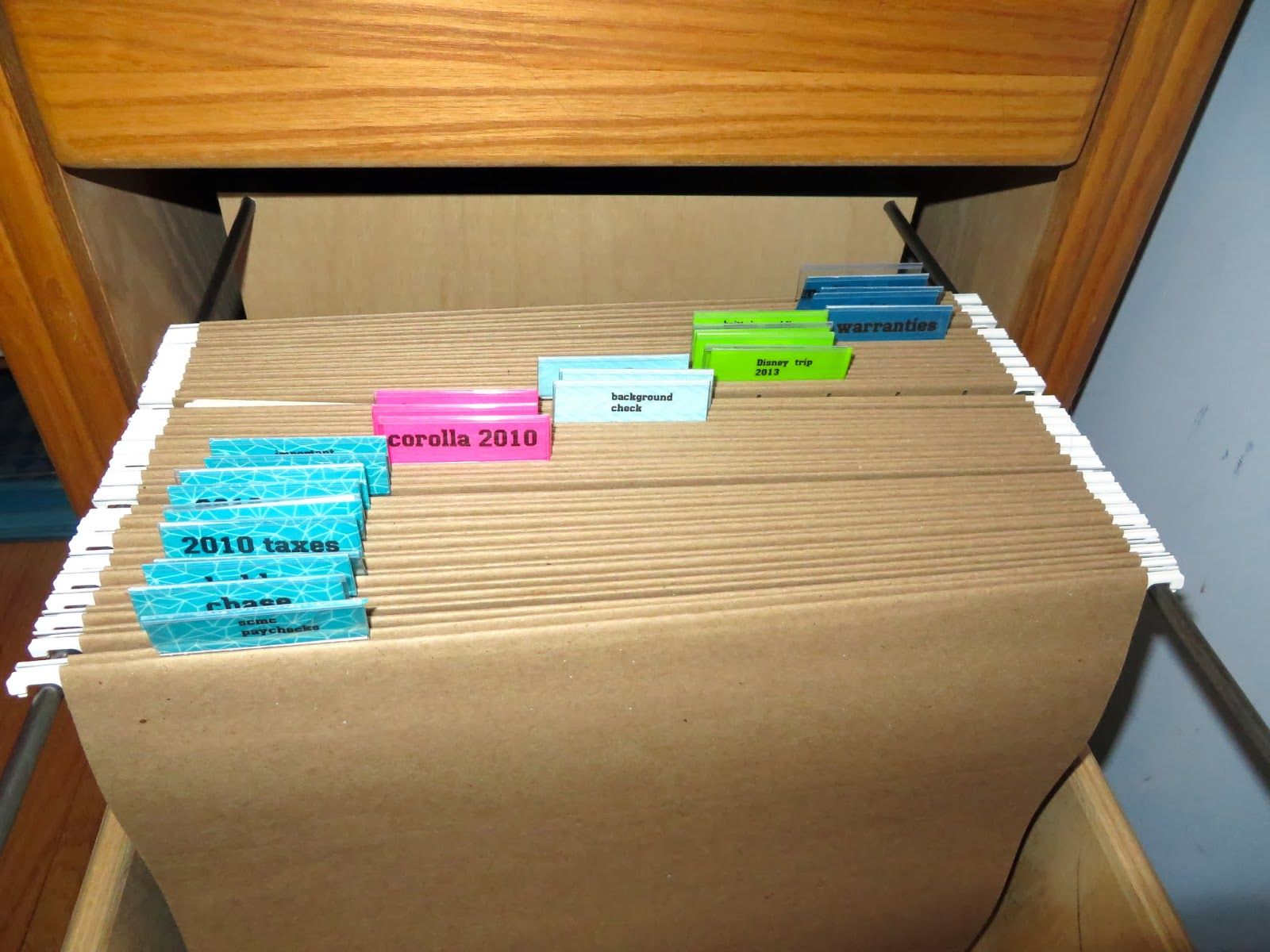
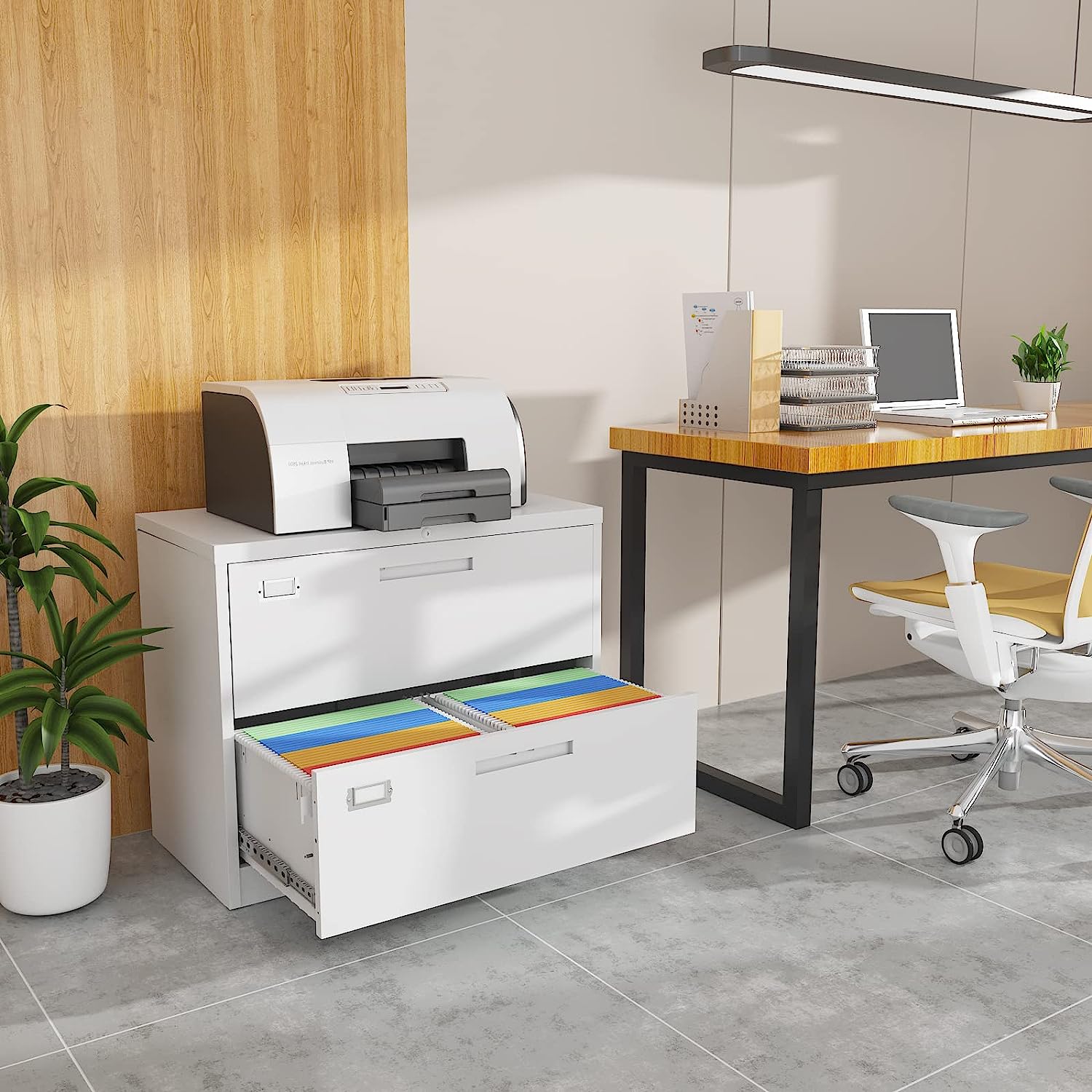

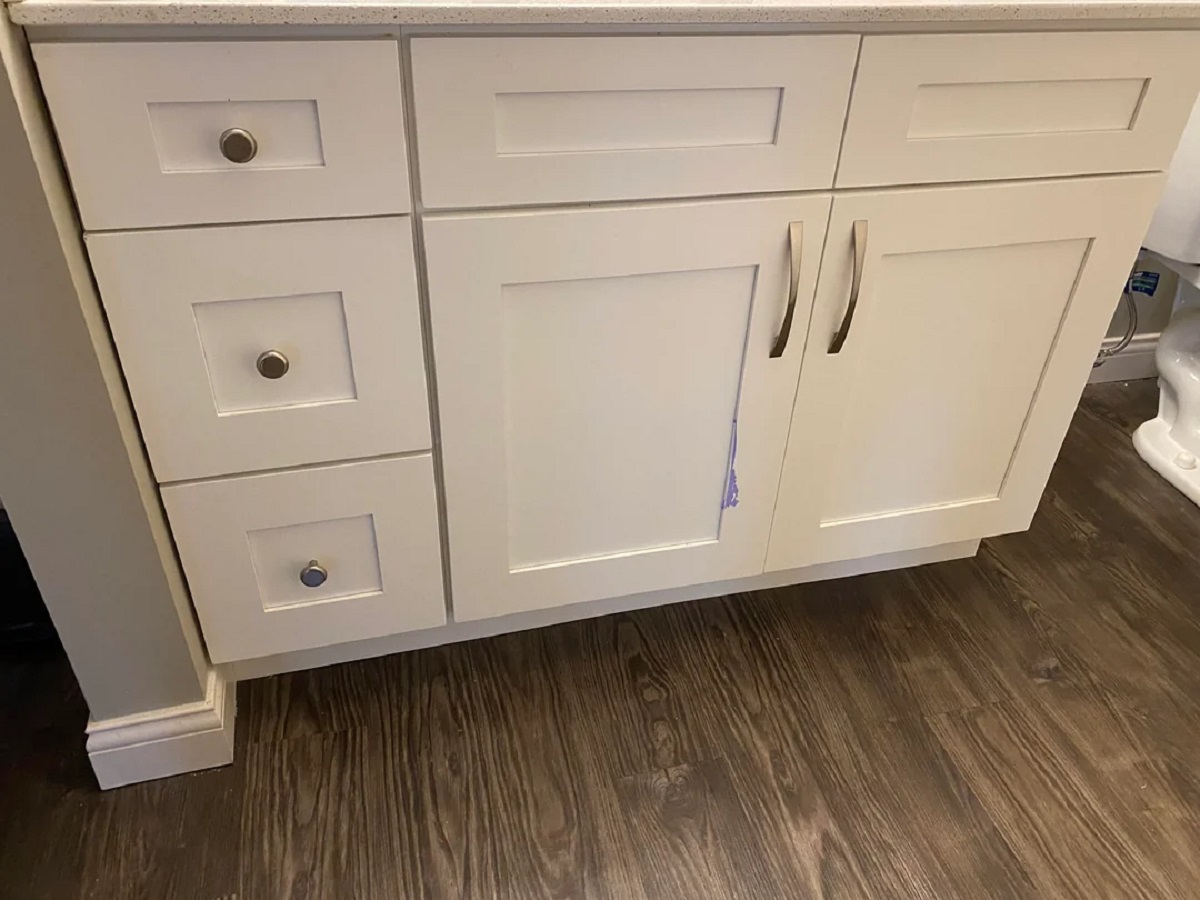
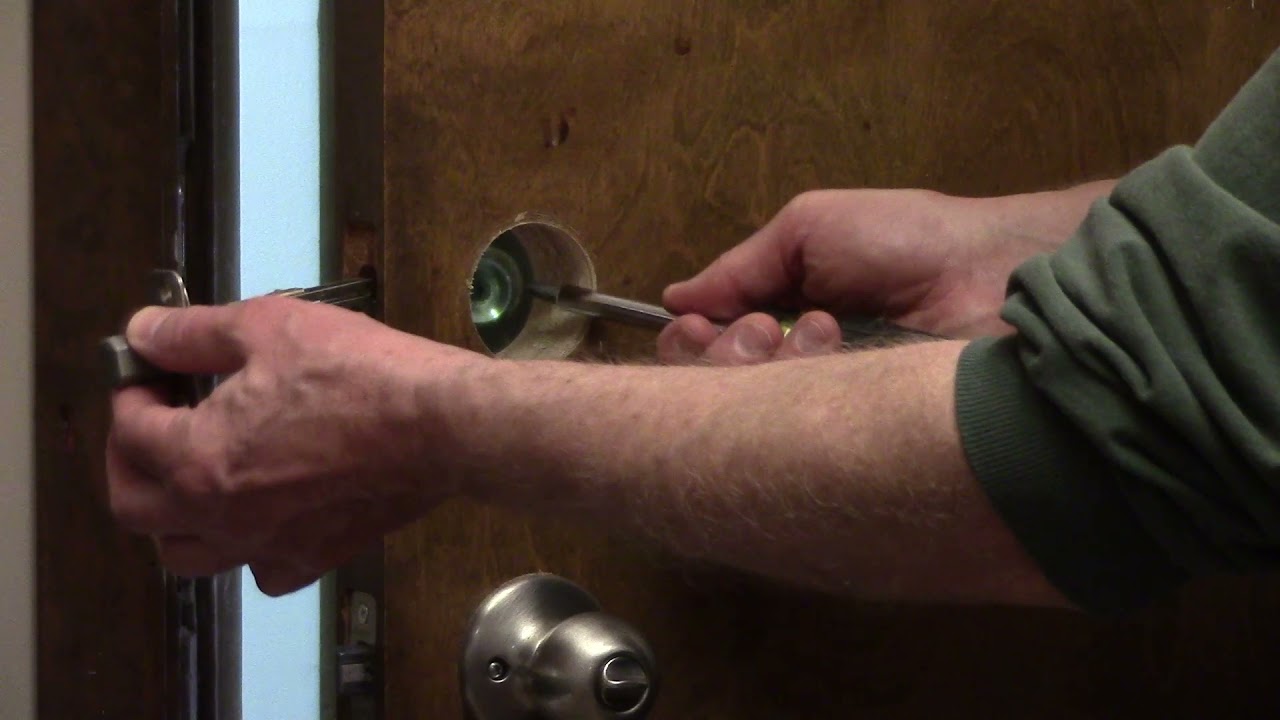
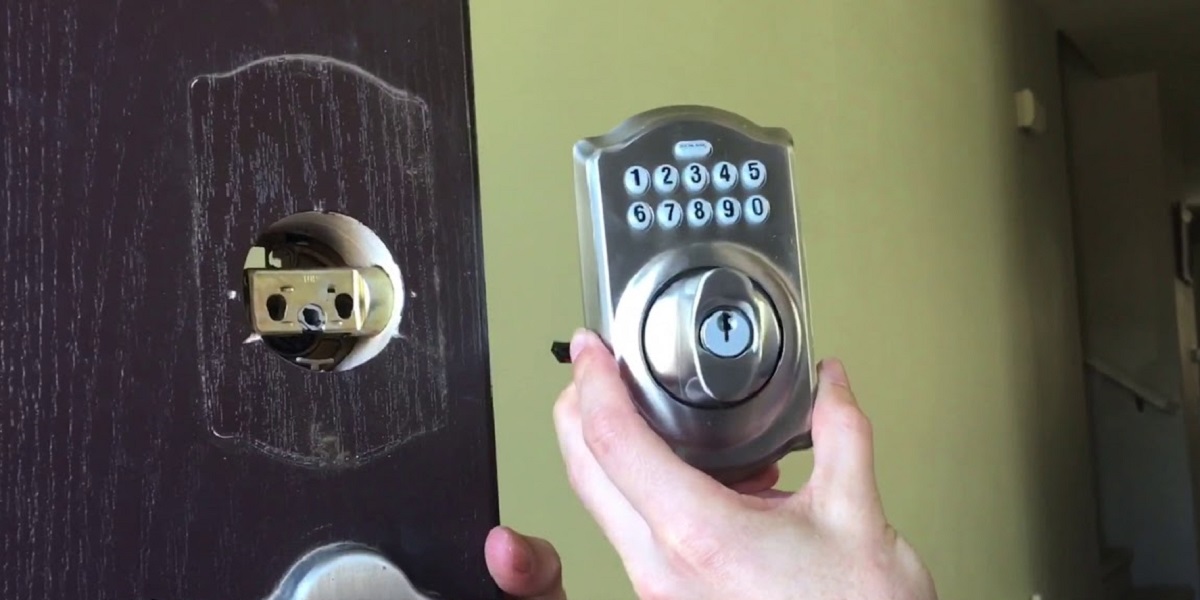
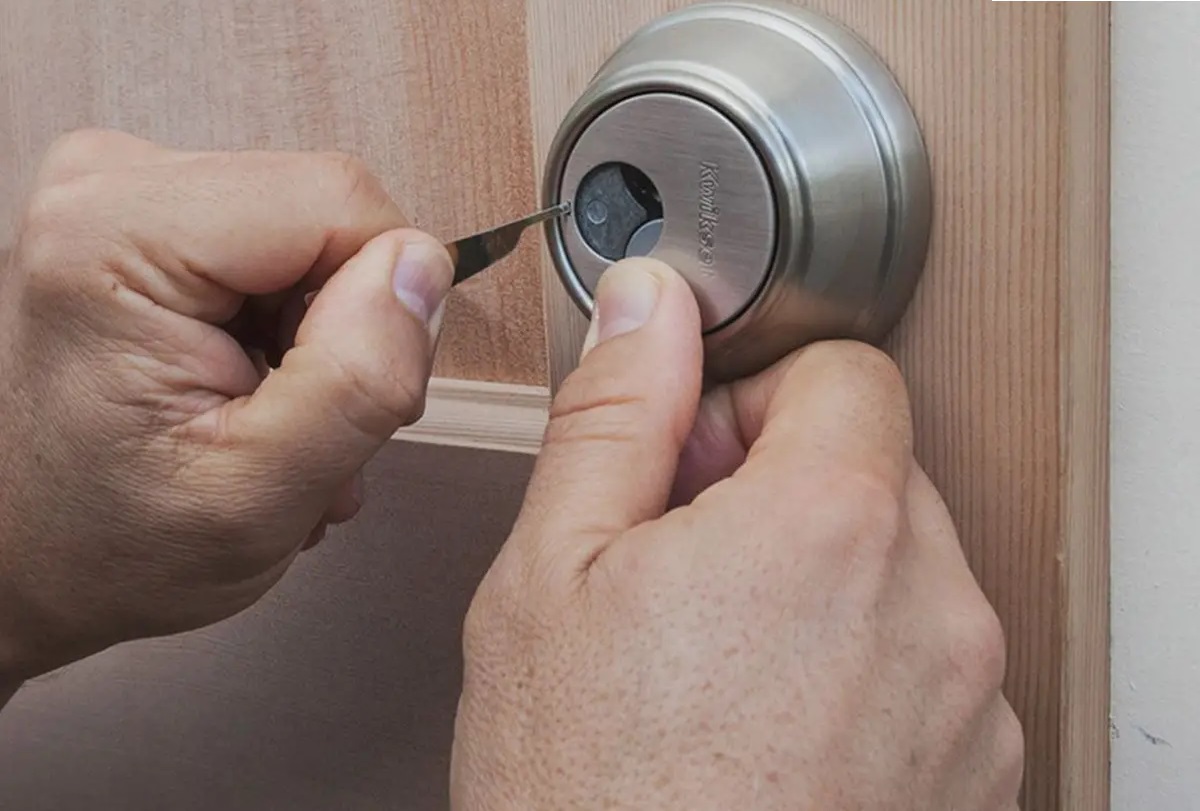

0 thoughts on “How To Remove A Lock From A File Cabinet”